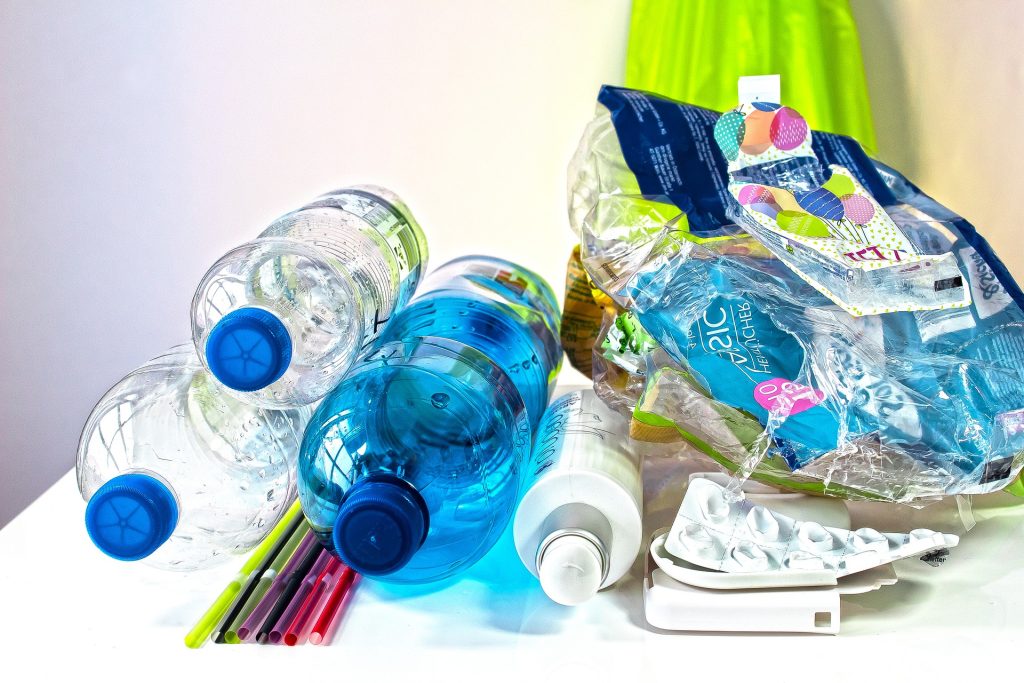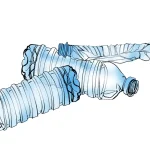As Poslovni Dnevnik/Darko Bicak writes, the circular economy, ie waste management so that it is almost all completely recovered and reused as a raw material or fuel, has become a principle of development of the European Union’s economy, which Croatia is trying to follow.
Ambitious EU targets call for at least 70 percent of municipal waste to be recycled by 2030, and for 2025 to ban the disposal of recyclable waste – plastics, metals, glass, paper, cardboard and biodegradable waste.
Problems in Zagreb…
Although official figures show that slightly more than 40 percent of waste is collected separately in Croatia, which is a prerequisite for recycling, skeptics say that less than 10 percent is actually recycled and recovered. Problems in the waste collection system are ubiquitous in Croatia, which we’re able to witness every day with the example of Zagreb.
However, the current report on municipal waste from the Ministry of Economy and Sustainable Development says that in 2020, 1.69 million tonnes of municipal waste was generated, or 418 kilograms per capita. This is a decrease of 6.5 percent compared to the year before, and the most significant reductions were recorded for mixed municipal and packaging waste.
According to the competent ministry, one of the significant factors that influenced the reduction of the total amount of generated municipal waste is the coronavirus pandemic, which significantly reduced the work of the service sector in 2020 – closing restaurants, less tourism, a huge reduction in the number of overnight stays, etc.
The continuous implementation of educational activities aimed at raising citizens’ overall awareness of their role in generating and preventing waste has additionally contributed to all improvements. At the same time, investments were made in the infrastructure for the separate collection of municipal waste, such as containers for separate collection from the doorstep, the construction of recycling yards, the installation of containers for separate collection in public areas, the procurement of vehicles and the construction of more sorting plants.
The share of mixed municipal waste in the collected stood at 59 percent – 998,807 tonnes. The share of separately collected municipal waste was 41 percent (694,160 tonnes). Although this is a negligible increase of 4 percent, it still lags behind the estimated planned dynamics.
Back in 2020, there was also an increase in the number of local self-government units (LGUs) in which the separate collection of biowaste from communal waste was carried out. This activity was carried out in 35 percent of local self-government units, ie 192 of them.
”This mainly regards biodegradable waste from kitchens and canteens and waste from gardens and parks. This is 118,692 tonnes or 24 percent of total generated municipal biowaste. Compared to pre-pandemic 2019, this represnts an increase of 22 percent, which still lags behind the plan for achieving the national goal,” they emphasised from the relevant ministry.
Recycling yards reported a total of 60,146 t of municipal waste, which is 25 percent more. Bulky waste (42 percent), wood waste (22 percent) and biowaste (8 percent) were collected the most. The highest rates of recovery of municipal waste collected under the organisation of local self-government units were recorded in Medjimurje County (47 percent), Koprivnica-Krizevci County (40 percent), Varazdin County (37 percent) and the City of Zagreb (36 percent), and the lowest was recorded in Lika-Senj County and Zadar County, with 3 percent each. This means that the Croatian south is still lagging quite a lot in this regard.
64,010 tonnes of municipal waste was received for composting in ten composting plants, and although the amount of compost didn’t change when compared to 2019, there was a significant increase in the quantities received by 57 percent. During 2020, a total of 941.3 thousand tonnes or 56 percent of the total generated municipal waste ended up in landfills.
In addition to 56 percent of municipal waste being sent for disposal and 34 percent sent for recovery, 9 percent of municipal waste was sent to mechanical-biological waste treatment plants (MBO plants), while the remaining 1 percent went to some other pre-treatment procedures.
For more, check out our lifestyle section.










